Chapter 1. Introduction.
1.1 Some Basic Mathematical Models; Direction Fields.
1.2 Solutions of Some Differential Equations.
1.3 Classi.cation of Differential Equations.
1.4 Historical Remarks.
Chapter 2. First Order Differential Equations.
2.1 Linear Equations; Method of Integrating Factors.
2.2 Separable Equations.
2.3 Modeling with First Order Equations.
2.4 Differences Between Linear and Nonlinear Equations.
2.5 Autonomous Equations and Population Dynamics.
2.6 Exact Equations and Integrating Factors.
2.7 Numerical Approximations: Euler's Method.
2.8 The Existence and Uniqueness Theorem.
2.9 First Order Difference Equations.
Chapter 3. SecondOrd er Linear Equations.
3.1 Homogeneous Equations with Constant Coef.cients.
3.2 Fundamental Solutions of Linear Homogeneous Equations.
3.3 Linear Independence and the Wronskian.
3.4 Complex Roots of the Characteristic Equation.
3.5 Repeated Roots; Reduction of Order.
3.6 Nonhomogeneous Equations; Method of Undetermined Coeficients.
3.7 Variation of Parameters.
3.8 Mechanical and Electrical Vibrations.
3.9 Forced Vibrations.
Chapter 4. Higher Order Linear Equations.
4.1 General Theory of nth Order Linear Equations.
4.2 Homogeneous Equations with Constant Coeficients.
4.3 The Method of Undetermined Coeficients.
4.4 The Method of Variation of Parameters.
Chapter 5.. Series Solutions of Second Order Linear Equations.
5.1 Review of Power Series.
5.2 Series Solutions Near an Ordinary Point, Part I.
5.3 Series Solutions Near an Ordinary Point, Part II.
5.4 Regular Singular Points.
5.5 Euler Equations.
5.6 Series Solutions Near a Regular Singular Point, Part I.
5.7 Series Solutions Near a Regular Singular Point, Part II.
5.8 Bessel's Equation.
Chapter 6. The Laplace Transform.
6.1 De.nition of the Laplace Transform.
6.2 Solution of Initial Value Problems.
6.3 Step Functions.
6.4 Differential Equations with Discontinuous Forcing Functions.
6.5 Impulse Functions.
6.6 The Convolution Integral.
Chapter 7. Systems of First Order Linear Equations.
7.1 Introduction.
7.2 Review of Matrices.
7.3 Linear Algebraic Equations; Linear Independence, Eigenvalues, Eigenvectors.
7.4 Basic Theory of Systems of First Order Linear Equations.
7.5 Homogeneous Linear Systems with Constant Coef.cients.
7.6 Complex Eigenvalues.
7.7 Fundamental Matrices.
7.8 Repeated Eigenvalues.
7.9 Nonhomogeneous Linear Systems.
Chapter 8. Numerical Methods.
8.1 The Euler or Tangent Line Method.
8.2 Improvements on the Euler Method.
8.3 The Runge-Kutta Method.
8.4 Multistep Methods.
8.5 More on Errors; Stability.
8.6 Systems of First Order Equations.
Chapter 9. Nonlinear Differential Equations andStability.
9.1 The Phase Plane: Linear Systems.
9.2 Autonomous Systems and Stability.
9.3 Almost Linear Systems.
9.4 Competing Species.
9.5 Predator-Prey Equations.
9.6 Liapunov's Second Method.
9.7 Periodic Solutions and Limit Cycles.
9.8 Chaos and Strange Attractors: The Lorenz Equations.
Answers to Problems.
Index.
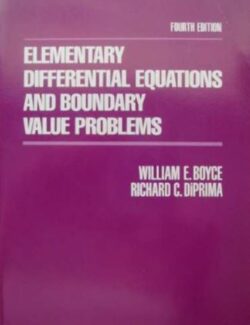

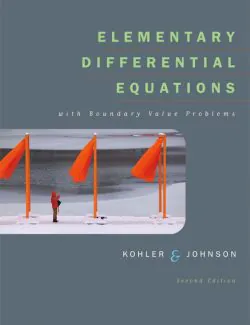

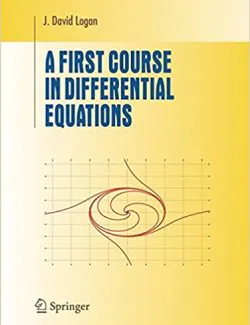

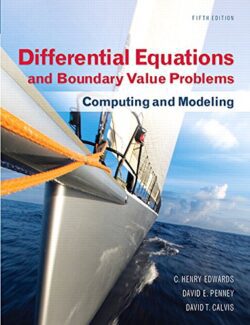


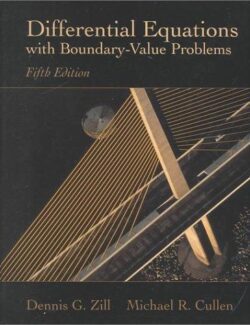



Leave us a comment
No Comments